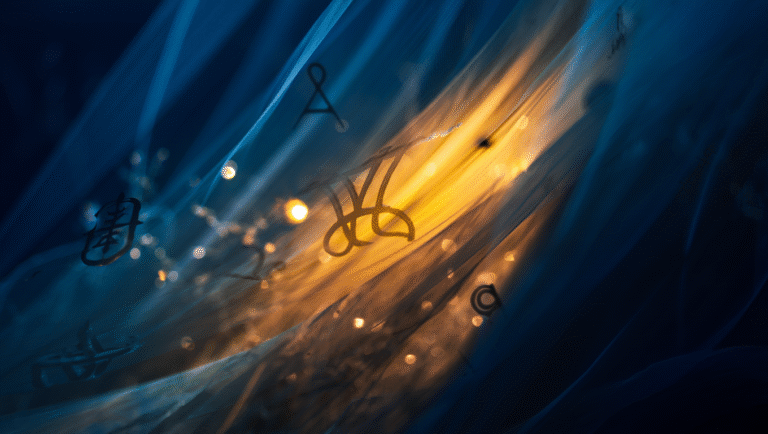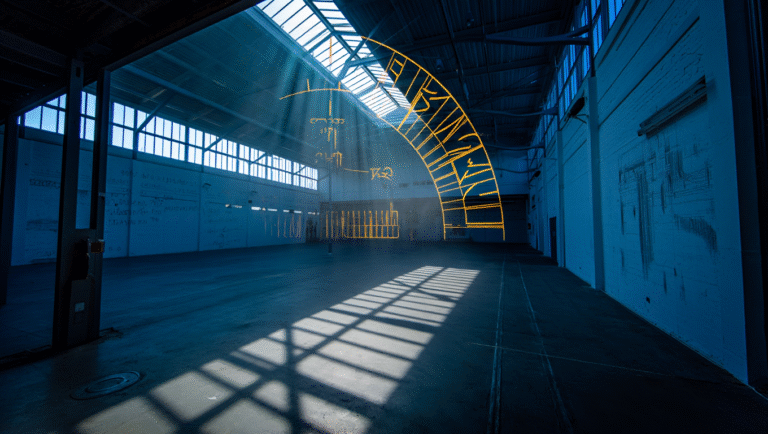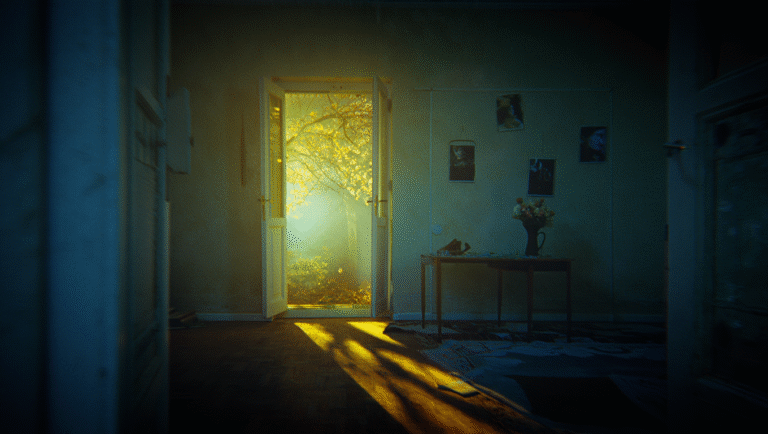Human Design Centers Explained
Curious about Human Design? You’re not alone. Whether you’ve seen colorful bodygraphs on Instagram or heard friends talk about “defined” and “open” centers, Human Design can feel like a tangled web of symbols and jargon. But at its core, it’s a practical tool for understanding how you process energy, make decisions, and interact with the world. And the nine Centers are the foundation of it all.
Let’s break down what each Center really means, how to spot your own in under 15 minutes, and how to use this knowledge in daily life—no need for mystical decoding or endless PDFs.
What Are Human Design Centers?
Think of the nine Centers in Human Design as your personal energy hubs—each one representing a key theme in your life: communication, emotions, willpower, and more. Some Centers are “defined” (colored in on your chart), which means you consistently generate or process energy there. Others are “open” (white), making you more sensitive to outside influences in those areas.
Pro tip: Your Centers aren’t “good” or “bad”—they just show where you’re naturally consistent, and where you’re flexible or absorbent. Both have upsides (and quirks).
How to Find Your Centers—Fast
You’ll need your birth time, date, and place. Plug them into a free chart generator—try mybodygraph.com or Genetic Matrix. In less than 60 seconds, you’ll see a chart with nine shapes, some colored, some white. That’s what we’re working with!
The 9 Human Design Centers—Quick Reference
| Name | Theme | Defined (Colored) | Open (White) |
|---|---|---|---|
| Head | Inspiration, mental pressure | Consistent thinker, ideas flow | Easily influenced by others’ ideas |
| Ajna | Concepts, opinions | Strong point of view | Flexible thinking, open-minded |
| Throat | Communication, manifestation | Natural communicator | Adapts style to environment |
| G Center | Identity, direction, love | Consistent sense of self | Fluid identity, sensitive to surroundings |
| Heart/Will | Willpower, ego, value | Reliable willpower | May struggle with self-worth |
| Sacral | Life force, work energy | Sustainable energy source | Needs to manage energy carefully |
| Spleen | Intuition, health, survival | Consistent intuition | Sensitive to health/environment |
| Solar Plexus | Emotions, desires | Rides emotional waves | Empathic, absorbs others’ emotions |
| Root | Stress, drive, adrenaline | Consistent inner pressure | Picks up stress from others |
Real Life Example: The Open Solar Plexus at Work
Meet Alex, a software project manager. Their chart shows an open Solar Plexus (white). They notice that in tense meetings, they feel overwhelmed—even if the conflict isn’t about them. Recognizing this pattern, Alex starts pausing after meetings for a quick breathing exercise, letting go of emotions that aren’t theirs. Productivity goes up. Stress goes down. Win-win.
15-Minute Human Design Center Self-Check
You don’t need a certification (or a shamanic retreat) to benefit from your Centers. Here’s a quick routine you can do today:
- Generate your chart: Use mybodygraph.com. Screenshot it for easy reference.
- List your defined Centers (colored): Note which shapes are colored in.
- Check the open Centers (white): These are your “sensitivity” zones.
- Pick one open Center and notice: For the next 24 hours, pay attention to how you feel in situations related to that Center (e.g., emotions, willpower, stress, etc.).
- Journal a quick note: Did you feel extra reactive, inspired, or drained? Was it your own feeling, or someone else’s?
“Human Design isn’t magic—it’s more like user instructions for your personality. The goal isn’t to ‘fix’ yourself, but to work with your natural wiring.”
Human Design Centers: Buying Guides & Tools
If you want to dive deeper or just love practical tools, here are some favorites—no hype, just helpful:
Recommended Human Design Books
- Human Design: Discover the Person You Were Born to Be by Chetan Parkyn
Pros: Accessible for beginners, clear visuals.
Cons: Some graphics look dated.
Who it’s for: Newbies who want a practical intro. - Understanding Human Design by Karen Curry
Pros: Friendly tone, step-by-step advice.
Cons: Less detail on the science.
Who it’s for: Visual learners and checklist lovers.
Best Human Design Chart Tools
- mybodygraph.com — Free charts, basic interpretations.
- Genetic Matrix — Advanced charting, paid options.
- Jovian Archive — Official resource, more technical.
Quick Comparison: Human Design Chart Books
| Name | Key feature | Format | Price range | Amazon link |
|---|---|---|---|---|
| Human Design: Discover the Person You Were Born to Be | Beginner-friendly, clear visuals | Paperback/Kindle | $16–$20 | Check price on Amazon |
| Understanding Human Design | Step-by-step, practical | Paperback/Kindle | $15–$19 | See today’s deal |
Using Your Centers: What’s Next?
Once you know your defined and open Centers, try these micro-habits:
- Defined Centers: Trust your consistency—set routines around these strengths.
- Open Centers: Use boundaries and take breaks in situations where you feel overloaded.
- Communicate your needs: It’s totally fine to say, “I need a moment” or “Let me think about that.”
- Review monthly: Check back on how your energy flows and what tweaks help you thrive.
Helpful Resources
- Human Design Collective Podcast — Honest conversations, practical tips.
- DayLuna — Clear guides, supportive tools.
Bottom line: Human Design Centers aren’t about labels—they’re about insight. A little curiosity and a quick check-in can make your workdays, relationships, and self-care just a bit smoother. No “guru” required.
Ready to explore your own Centers? Try a free chart at mybodygraph.com and see what comes up for you.
This article may contain affiliate links. If you click and buy, you’ll pay the same price, and I may earn a small commission (helps keep the lights on—thank you!).







